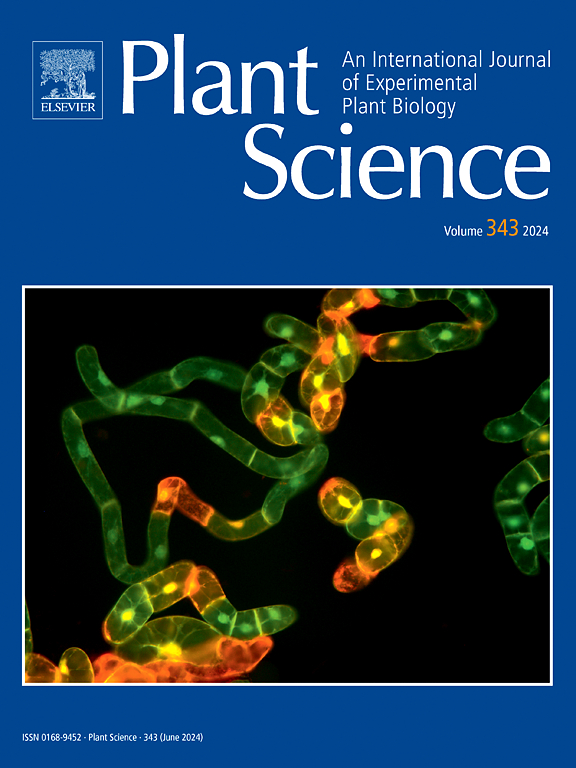Building the physiological barrier: Suberin plasticity in response to environmental stimuli
IF 4.2
2区 生物学
Q2 BIOCHEMISTRY & MOLECULAR BIOLOGY
引用次数: 0
Abstract
In response to environmental changes, plant roots undergo two major differentiations: the formation of the Casparian strip and the suberin lamella, both of them are widely recognized as an apoplastic diffusion barrier for nutrient and water exchange between the soil and the root vascular bundle. Suberin is a complex biopolyester composed of glycerol esters and phenolic compounds deposited in the cell walls of specific tissues such as endodermis, exodermis, periderm, seed coat and other marginal tissues. Recently, significant progress has been made due to the development of biochemical and genetic techniques. In this review, we not only summarize the aspect of suberin biosynthesis, transport and polymerization, but also elucidate the molecular mechanisms regarding its regulatory network, as well as its adaptive role in abiotic or biotic stress. This will provide important theoretical references for improving crop growth by modifying their adaptive root suberin structure when exposed to environmental changes.
建立生理屏障:果胶在环境刺激下的可塑性
植物根系在应对环境变化时会发生两大分化:形成卡斯帕条带和形成单宁层,这两种分化都被公认为是土壤与根系维管束之间进行养分和水分交换的凋落扩散屏障。单宁是一种复杂的生物聚酯,由甘油酯和酚类化合物组成,沉积在特定组织的细胞壁上,如内皮、外皮、表皮、种皮和其他边缘组织。最近,由于生化和遗传技术的发展,研究取得了重大进展。在这篇综述中,我们不仅总结了单宁的生物合成、运输和聚合,还阐明了其调控网络的分子机制,以及在非生物或生物胁迫下的适应作用。这将为通过改变作物根部在环境变化中的适应性单宁结构来改善作物生长提供重要的理论参考。
本文章由计算机程序翻译,如有差异,请以英文原文为准。
求助全文
约1分钟内获得全文
求助全文
来源期刊

Plant Science
生物-生化与分子生物学
CiteScore
9.10
自引率
1.90%
发文量
322
审稿时长
33 days
期刊介绍:
Plant Science will publish in the minimum of time, research manuscripts as well as commissioned reviews and commentaries recommended by its referees in all areas of experimental plant biology with emphasis in the broad areas of genomics, proteomics, biochemistry (including enzymology), physiology, cell biology, development, genetics, functional plant breeding, systems biology and the interaction of plants with the environment.
Manuscripts for full consideration should be written concisely and essentially as a final report. The main criterion for publication is that the manuscript must contain original and significant insights that lead to a better understanding of fundamental plant biology. Papers centering on plant cell culture should be of interest to a wide audience and methods employed result in a substantial improvement over existing established techniques and approaches. Methods papers are welcome only when the technique(s) described is novel or provides a major advancement of established protocols.
 求助内容:
求助内容: 应助结果提醒方式:
应助结果提醒方式:


